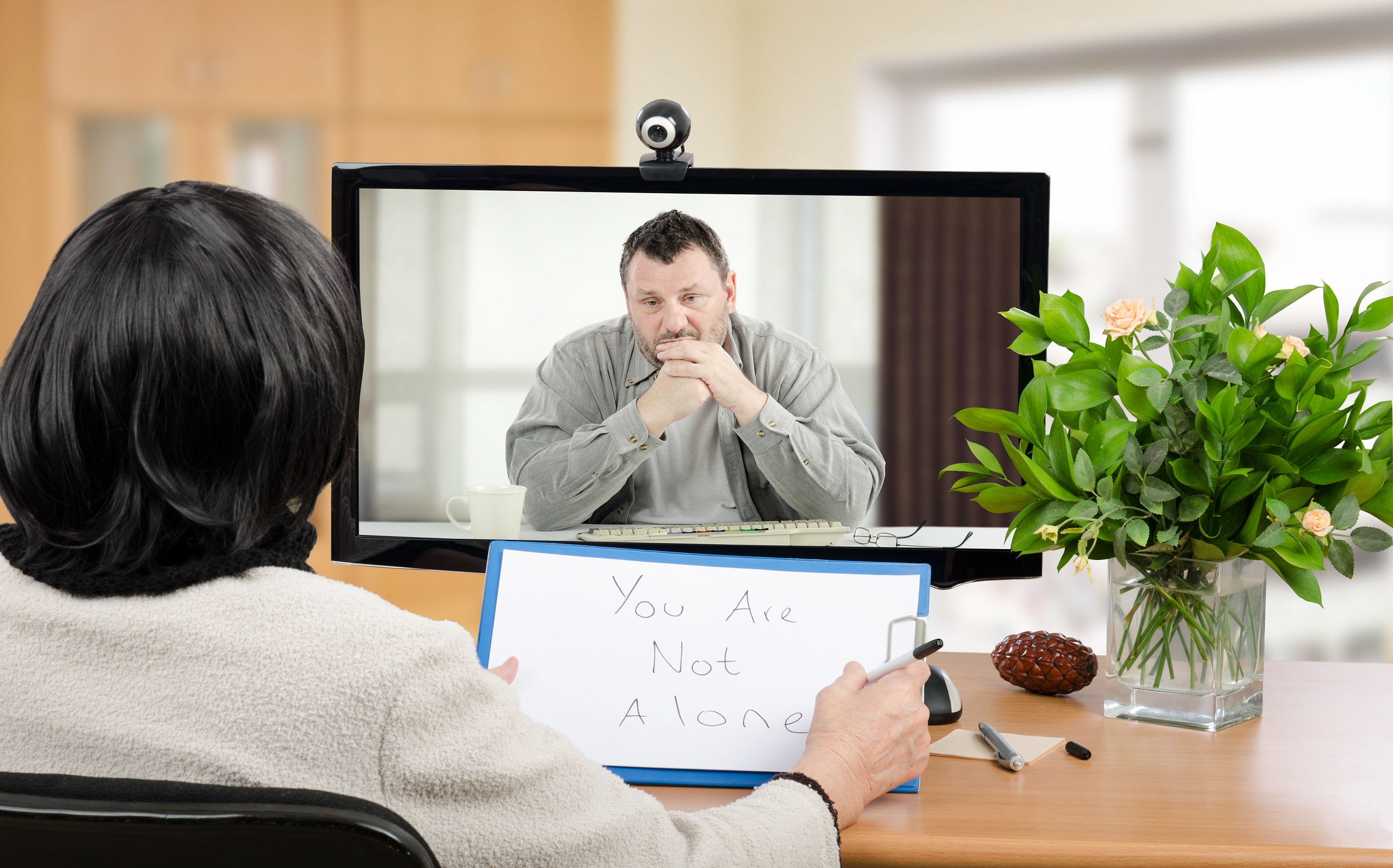
The COVID-19 Pandemic is and was one of the greatest tragedies we’ve seen in this current day and age. The world had lost so many loved ones and we had all lived in a state of panic and uncertainty for an over extended period. Although it was a terrifying and an uncertain time for many, we found a way to remain operable so that clients could continue to receive the treatment they needed through creativity and telehealth technologies. Today, as a result of these efforts, clients and their families are able to receive treatment despite barriers such as location, time, and transportation. The movement has been pivotal for not only clients, but us as providers. Telehealth not only gives us the opportunity to work from the comforts of our own homes but to reach lives and parts of the nation that we’d never thought possible.
The mHealthIntelligence has reported a significant decline in telehealth efforts and the technology is becoming increasingly unsupported. This reduction should be a significant area of concern for mental health providers. The first major concern is that the decline limits the number of lives that we as providers can reach. Not only does it limit the number of lives we reach but, secondly, it barricades clients who have limited availability and limited transportation in rural or more desolate areas especially with the current increase in fuel costs. Third, telehealth has opened new opportunities not only in areas of accessibility but in convenience. We as providers understand that life does not wait for us to catch up. Our nation is immersed in overwhelming levels of productivity, distractions, and personal demands. Telehealth has allowed clients with similar limitations to receive the care they need while allowing them instrumental flexibility.
Fortunately, there are ways providers can encourage their clients to continue to use the technology by providing education and helping your clients to understand the benefits of telehealth. It doesn’t stop there, additionally, you can ask your governmental representatives for their continued support by helping to fund initiatives, help raise awareness, and promote its accessibility. As a result, providers can help to ensure that telehealth remains a viable option for behavioral health care.